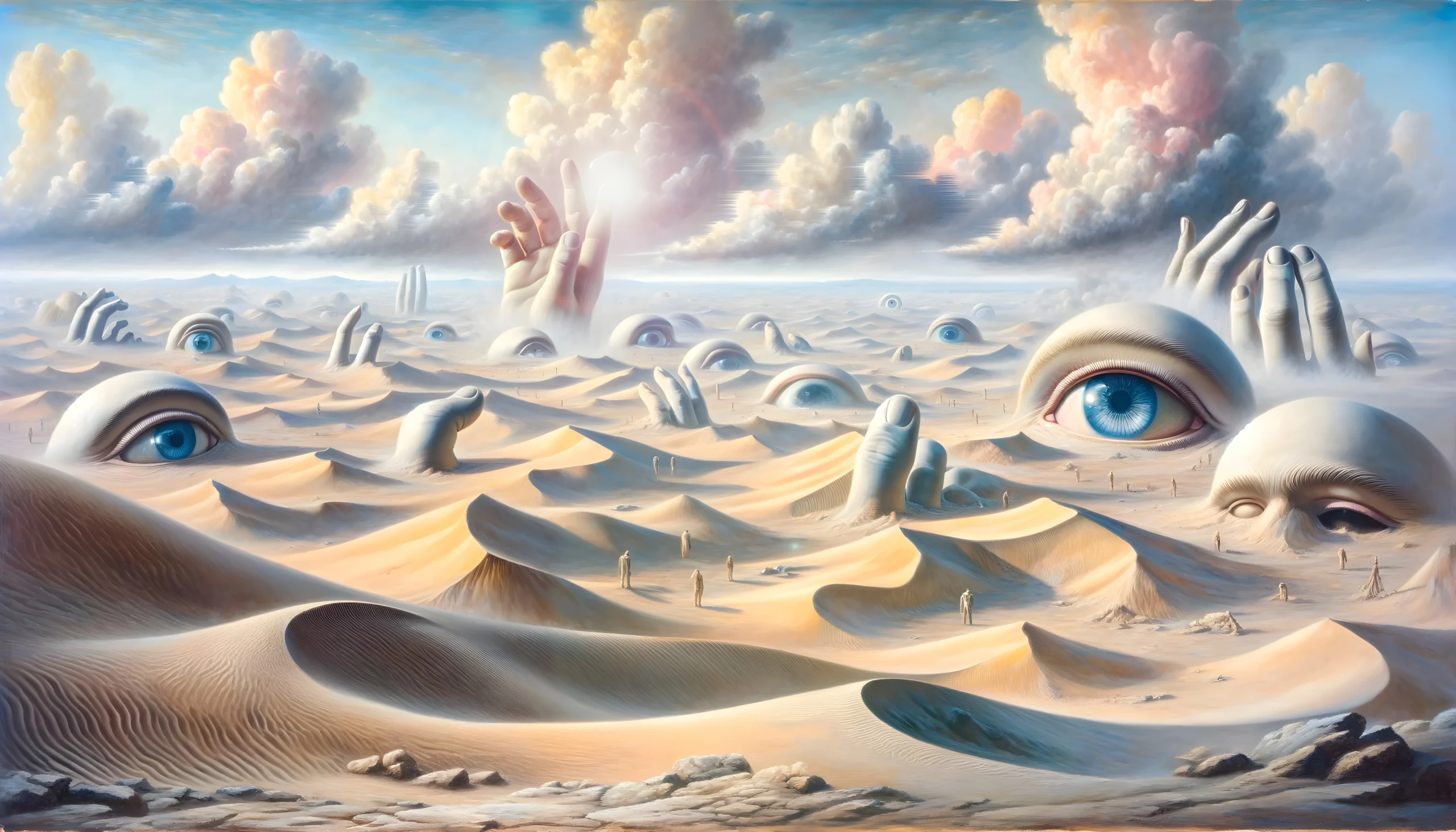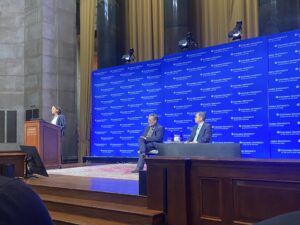Generative AI: Challenges and Opportunities

The Rise of Generative AI in Art
Generative AI is making waves in various fields, especially in the realm of art. Artists and technologists are experimenting with these new technologies, creating unexpected and inspiring works. However, while the potential is exciting, there are still some notable limitations.
What is Generative AI?
Generative AI refers to a category of artificial intelligence systems that can create new content. This includes images, music, text, and more. These systems use algorithms and machine learning techniques to analyze existing data and generate original outputs. Leading technologies in this space include models like Chat GPT and DALL-E.
The Artistic Applications of Generative AI
Image Creation
One of the most fascinating uses of generative AI is in the creation of visual art. Artists are leveraging these tools to generate unique images that might never have been envisioned otherwise. For example, using platforms like DALL-E, creators can input specific prompts and receive intricate visual representations.
Music Generation
Generative AI is also entering the music industry. Artists can utilize AI models to compose original songs, offering new collaborations and sounds. These models can analyze a range of music styles and create compositions that blend various genres and techniques.
Writing and Literature
In the realm of literature, writers are using AI tools like Chat GPT to develop story ideas, plot lines, or even entire articles. These technologies can assist in brainstorming, enhancing creativity, and improving productivity.
Challenges Faced by Generative AI in Art
Despite the advancements, generative AI is not without its drawbacks.
Quality Control
AI-generated art can sometimes exhibit flaws that are easily noticeable. A prime example is the image "Surreal Desert," created by Rochelle Gloor, the Assistant Director for Innovation Technologies at MFA Computer Arts. While visually striking, a closer inspection reveals some inconsistencies, such as incorrect anatomy. The hands depicted in the image exhibit an excess number of fingers, highlighting the limitations of current AI technologies.
Intellectual Property Concerns
Another significant challenge is the question of intellectual property. As generative AI creates works based on existing data, it raises issues about ownership and copyright. Who owns the rights to an AI-generated piece? These questions remain largely unanswered, creating uncertainty in the art world.
The Future of Generative AI in Art
The future of generative AI is promising, and ongoing advancements may overcome some of the current shortcomings. Researchers and developers are continually working on improving algorithms to produce more accurate and refined outputs. As technology advances, we may see greater integration of AI in various artistic domains.
Key Points to Consider
- Technological Advancements: The field of generative AI is rapidly evolving, which may address many current limitations.
- Collaboration Opportunities: Artists should view AI as a tool for collaboration rather than a replacement. It can enhance creativity and offer new perspectives.
- Ethical Considerations: As generative AI becomes more prevalent, discussions about ethics, ownership, and copyright will become increasingly important.
Generative AI is changing the landscape of art, providing artists with new tools and mediums to explore. However, it’s essential to navigate the associated challenges carefully, ensuring a balance between innovation and ethical considerations.





